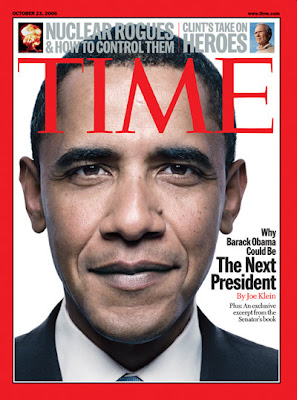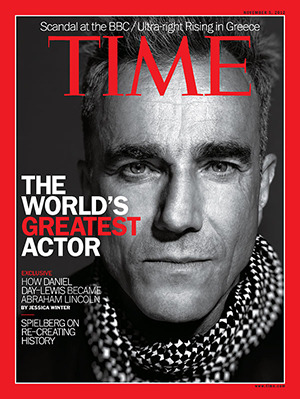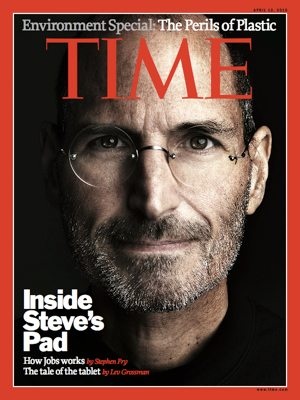A drawing tablet is something you'll need some dedication/motivation to learn how to use, if you get one. If you don't think you'll use it often, don't get it. I avoided buying one during an illustration subject at uni because it was going to be the only subject in that area during my games degree - animation and modelling students purchased tablets and use them still today (>2 years since I took the class).I was curious if it is a good investment to get a tablet if I only draw casually, since I want to draw digitally, but I don't want to shell out $50 on a tablet I only use once or twice and never get my money back.
So, a drawing tablet can be useful for:
- Digital painting / sketching in software such as Photoshop, Paint Tool Sai, and other drawing programs
- 3D modelling in software such as 3DS Max and Zbrush
- 2D & 3D animation (especially doing it by hand) but I'm not familiar with what software is used for it other than Autodesk Maya
Even if you don't know how to use a tablet or any of the programs I mentioned above yet, if you see yourself doing any of that stuff in the future or are interested in learning how to do that stuff it'd be really helpful for you. Especially if it's so cheap - industry-minimum-standard tablets here in AUS cost at least $200! A cheap tablet might be a good investment in your future if any of those listed things are things you want to be doing for a while.





